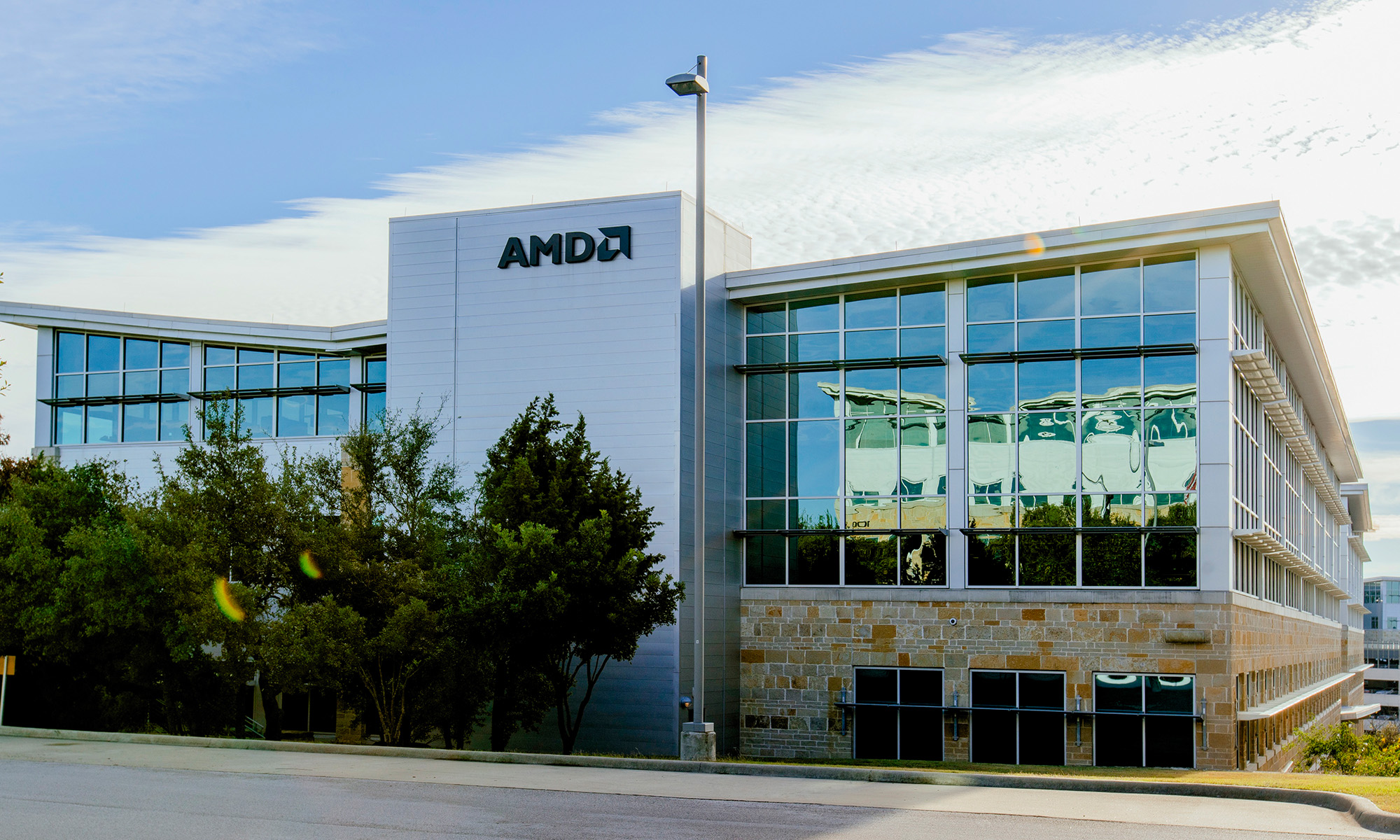2017 was a great year for the semiconductor industry thanks to robust demand for chips across multiple industries. The Philadelphia Semiconductor Index rallied 46% this year, easily beating the S&P 500's 15% gain.
Some shining stars, like Cypress Semiconductor (CY +0.00%), even outperformed the index -- Cypress itself grew nearly 50% this year. Yet there were also laggards, like AMD (AMD +1.79%), which stayed nearly flat this year after being one of the hottest chip stocks of 2016.

Image source: Getty Images.
I previously compared these two chipmakers back in February, and concluded that Cypress was a better pick thanks to its better-diversified business, wider moat, and decent dividend. Today, we'll reexamine both companies to see if Cypress is still a better buy than AMD after its year-long rally.
What do Cypress and AMD do?
Cypress produces a wide range of analog and memory chips for the automotive, industrial, home automation, medical devices, and consumer electronics markets. Most of its recent growth comes through acquisitions. It merged with embedded chipmaker Spansion in 2015, then acquired Broadcom's Internet of Things (IoT) business last year.
Cypress reports its revenue in two segments: the MCD (microcontroller and connectivity division), which sells analog, wireless, and wired connectivity chips; and the MPD (memory products division), which produces NOR, NAND, SRAM, F-RAM, and other types of specialty memory chips. The MCD unit generated 62% of its sales last quarter, while the MPD unit accounted for the remaining 38%.
AMD is the world's second biggest supplier of x86 CPUs and discrete GPUs. It directly competes against Intel and NVIDIA (NVDA 0.29%), which respectively lead the CPU and GPU markets. Those two businesses are placed together in AMD's Computing and Graphics unit, which generated half its revenues last quarter.
The other half of its revenues came from its EESC (Enterprise, Embedded, and Semi-Custom) unit, which provides custom SoCs (system on chips) for gaming consoles and other devices.
How fast are Cypress and AMD growing?
Cypress' revenues rose 20% to $1.92 billion last year thanks to a combination of robust chip demand, a transition toward higher-margin chips, and its inorganic growth strategy. Analysts expect its sales to rise another 20% this year, then cool off to 7% growth next year as year-over-year comparisons stabilize.

Image source: Getty Images.
On the bottom line, Cypress' non-GAAP earnings are expected to grow 76% this year and 38% next year. Cypress attributes that growth to the expansion of the IoT market lifting demand for its connected chips, which provide Wi-Fi and Bluetooth connectivity to a wide range of devices -- including Nintendo's popular Switch console.
Cypress' chips are also widely used in crash avoidance systems and infotainment platforms in connected cars. Looking ahead, Cypress expects demand for its industry-leading USB-C charging platform to grow as more device makers switch to the newer standard.
AMD's revenues rose 7% to $4.27 billion last year, as the strength of its EESC business (propped up by the PS4 and Xbox One) complemented solid demand for its Radeon GPUs. Analysts expect its revenues to rise 23% this year, fueled by strong sales of its new Vega GPUs and Ryzen CPUs against NVIDIA and Intel's current-gen chips.
But looking ahead, AMD's outlook gets murkier, since NVIDIA and Intel are already striking back with newer and faster chips. That's why analysts expect AMD's revenue growth to drop to 12% next year. But on the bottom line, AMD's non-GAAP earnings are expected to improve 193% this year and 169% next year as it returns to profitability.
The valuations, cash flows, and dividends
Cypress trades at 14 times next year's earnings, while AMD has a forward P/E of 39. Cypress is also much better at generating free cash flow (despite all its recent acquisitions) than AMD.
Source: YCharts
That's why Cypress pays a forward yield of 2.7%, while AMD has never paid a dividend. Cypress only raised that payout once since it introduced the dividend in 2011, but it's still a decent bonus for patient investors.
The verdict: Cypress wins again
It's easy to see why investors favored Cypress over AMD this year -- the former has a well-diversified business which rides high on positive trends like the IoT, connected cars, and higher memory prices, while the latter remains sandwiched between NVIDIA and Intel. When we consider that Cypress also has a lower forward multiple and pays a decent dividend, the choice becomes clear: Cypress wins again.







